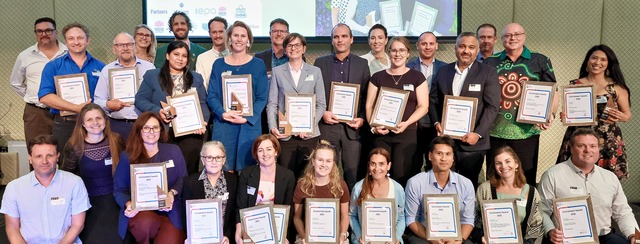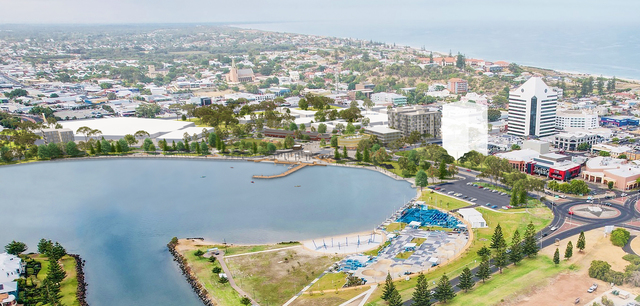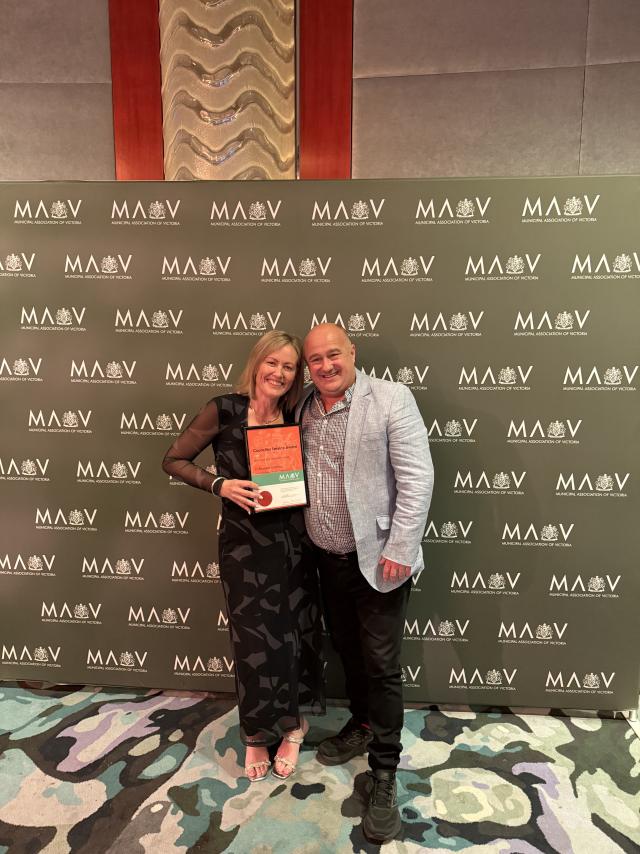For three weeks we’ve watched the sentient monster lying out in the Brindabella Ranges. Will it gather strength and hurtle towards the southern suburbs of Canberra, taking our home and my son’s beef property with it?
By the time you read this, the Canberra fire threat should be over, one way or another. Australia then awaits for the next community to be exposed to the brutal reality of unstoppable fires.
But there is a silver lining, namely that every thinking Australian now agrees that climate change and regular bushfires are connected. And they are demanding action – not weasel words about our commitments to the Paris Climate Change Agreement. To his credit, Prime Minister Scott Morrison, after a fumbling start to the bushfire season, has begun to lay out some likely features of a policy response.
One of these features will surely be the regular involvement of the military in future bushfire emergencies. But the Prime Minister has been guarded on this in the past – probably just a characteristic of a conservative government but surely this is a no-brainer when the volunteer firefighters are stretched to the limit. Indeed to see a convoy of Army graders and personnel moving into the Brindabellas was incredibly moving, as was the Navy effort in shipping folk out of east Gippsland.
The Prime Minister actually made it clear in a powerful speech at the National Press Club in late January that he was intent on having the Commonwealth with the power to declare national emergencies without prior approval from the states. He also hinted at stronger action on fire hazard reduction. He didn’t however say much about developing some serious aerial firefighting capability, but this might eventuate. This was Morrison’s best speech yet – no grandstanding, just a strong and consistent message.
There is no doubt that the drought and bushfires have fundamentally changed the Australian political landscape. Climate deniers – such as the federal member for Hughes – will be consigned to the rubbish bin. But more importantly, federal government of any persuasion will be forced to take climate change and its impact on regional Australia seriously. Federal funding of a few million here and there will not be a substitute for the roll-out of a big program. As a reference point, let’s not forget the $225 billion for our precious submarines.
Coffs Harbour National Cartoon Gallery
New South Wales Deputy Premier, John Barilaro, recently turned the first sod for the new Coffs Harbour Gallery, to be built above the existing gallery in a refurbished underground WW2 Bunker. It’s the only one of its kind in the southern hemisphere. He signed off on $2.69 million for the building, and the fit-out will evolve over the next year or so. The Gallery manager, Margaret Cameron (ex Wollongong and Mackay), and her small staff do a great job running the currently small gallery and managing people, bureaucrats and potential new sponsors.
I was there for a workshop in December and the vibes were very good. The Coffs Gallery houses 23,000 cartoons and we are keen to establish a hub and spoke arrangement whereby small towns that nurtured notable cartoonists can feature some of the Coffs cartoons in smaller regional galleries. We are in discussions with places like Kaniva, Beechworth, Kyabram, Muswellbrook, Cobargo, Adelaide Hills etc. If you have any ideas, please contact us.
Answer the Question
There is a noticeable mood swing underway about the reluctance of federal politicians to provide meaningful answers to media questioning e.g. is climate change causing the drought? why weren’t various Royal Commissions called earlier?
Late last year on the ABC Insiders program two longstanding conservative journalists (Murdoch stable) called out the practice. They exhorted other journalists to demand decent answers to their questions. Perhaps the Greta Thunberg effect? Whatever the trigger, politicians are now on notice. Indeed PM Morrison was less evasive at the recent Press Club function.
In brief
Building Better Regions Fund – This is the feds’ main regional program and the 2019 round ($200 million) closed in late December. While that round was limited to drought-affected communities, some 700 submissions were still expected. The goss is that the May Federal Budget is likely to announce an upgraded program because of the widespread drought.
Federal sports grants program – Senator Bridget McKenzie is now well-known because of this latest episode of maladaministration. She sure over-egged the soufflé. But the unfortunate part is that while sporting clubs are very important to the mental health and general liveability of regional communities, there is a risk that the feds will now pull back on regional programs. The obvious answer is to devolve decision-making to the real stakeholders – a system of regional budgets? letting the 55 Regional Development Australia Committees have a say on how federal funds are spent in each region?
Senator Marise Payne a shining light – She spent 10 years on the backbench and was ridiculed for her Republican leanings. To Abbott’s credit he promoted her to Defence Minister and this year she became the Foreign Minister. She shows adroitness in handling the Chinese and really hasn’t put a foot wrong on other fronts.
What do Boris Johnson and Prince Charles have in common? – They both attended Timbertop, Geelong College’s rural retreat. Time to translate Boris’ blokeyness into policies to significantly improve access for Australian and New Zealand farm goods into the United Kingdom market.
Departmental shake-up – The recent closing down of five federal departments and five ‘permanent’ heads being sacked was unfortunate. Some real talent has been lost, and the entrance of ministerial advisers into some of these positions is already creating angst within a couple of departments.
Rod Brown is a Canberra-based consultant and lobbyist specialising in industry/regional development, investment attraction and clusters, and accessing federal grants. He also runs the Cockatoo Network.
Phone: (02) 6231 7261 or 0412 922 559
Email: apdcockatoo[@]iprimus.com.au







